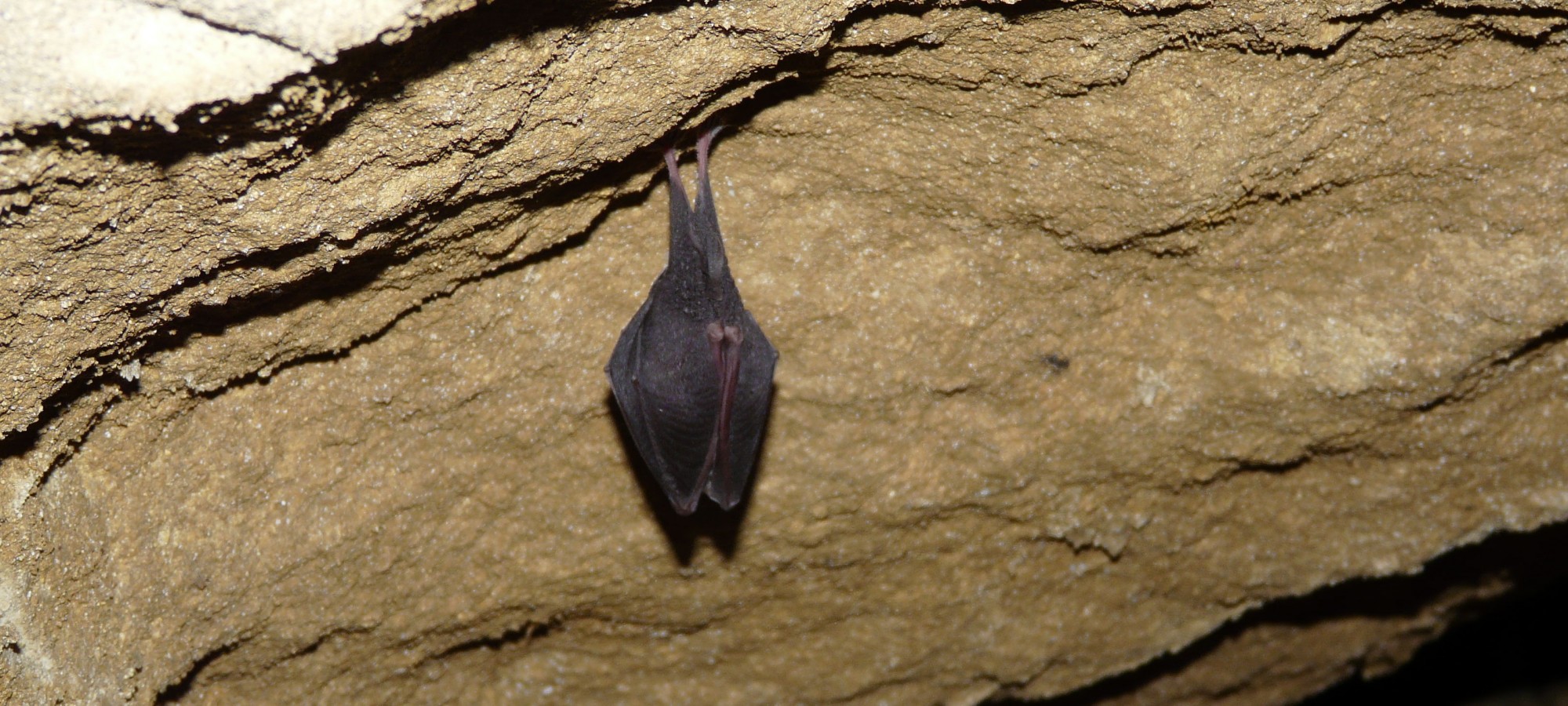Box Mines SSSI Hibernation Count
In January I took part in a survey of hibernating bats at the Box Mines Site of Special Scientific Importance (SSSI) which also forms part of the Bath and Bradford on Avon Special Area of Conservation (SAC). The designation as a SSSI is due to the importance of the mines to bats; particularly as a hibernation site between October and May, but also in July and August as bats disperse from maternity colonies and move towards their mating roosts.
The Box Mines house approximately 10% of the UK population of greater horseshoe bats Rhinolophus ferrumequinum, as well as lesser horseshoe R. hipposideros, Natterer’s Myotis natererii, Daubenton’s M. daubentonii, whiskered M. mystacinus and Brandt’s bats M. brandtii. Occasional Bechstein’s bat M. bechsteinii, another of the UK’s rarest bat species, have also been recorded in the mines.
Following a safety briefing from Roger, who has carried out these hibernation surveys for many years, we headed down to one of the mine entrances. A muddy crawl through some narrow passages and we were into the mine proper and almost immediately began to find bats, starting with a Daubenton’s bat squeezed into a crack almost directly above the entrance. However, by far the most numerous and obvious bats were the lesser horseshoes. The majority of these bats were roosting on the ceiling or walls, however, a number were hanging from rock piles below knee height. Another surprise was to find a Natterer’s bat roosting on its back.
The Mine has an array of spectacular features, most notably the Cathedral which is a 125ft chasm, dimly illuminated by light from a well opening in the ceiling. However, for me the highlight was undoubtedly the large aggregation of greater horseshoe bats which we found towards the end of the survey. Following a short climb and a slightly unnerving headlong squeeze through a tight passage we came out into a cave which contained several tightly packed clusters of greater horseshoes. In total we counted approximately 160 individuals; having rarely seen these bats in the flesh, to say that this was beyond my expectations would be a bit of an understatement.
To see such large numbers of some of the UK’s rarest bat species and to be able to observe the variety of roosting situations they were using was hugely educational and an incredible experience.
Urban Edge Environmental Consulting Ltd
Unit 5 | Westergate Business Centre
Westergate Road | Brighton | BN2 4QN
©2019 Urban Edge Environmental Consulting Ltd. All rights reserved.

